You've seen yesterday new pictures of HKDL Mystic Manor and its amazing architecture. But where WDI Imagineers found the inspiration for it? Well, as you know Walt Disney Imagineering offices are in Glendale and believe it or not but the building which inspired for a big part Mystic Manor design was a "Sanitarium" of early last century located... in Glendale!
I'll tell you more in a second about the Glendale Sanitarium but if you look at the Mystic Manor pictures below you'll see clearly the architectural elements that WDI Imagineers kept from the 19th century Victorian mansion. Then they added the exterior staircase, did turrets with a different style so the final building could show the personality of world adventurer and art collector Lord Mystic, the owner of the manor.
As you might be interested to know more about this "Sanitarium", here is its story. Called the Glendale Sanitarium the building was in fact originally built to be a hotel, the "Glendale Hotel", a 75-room Victorian structure on what is now Broadway Avenue.... a hotel which finally never opened! But you can see the hotel on this rare picture below before the building was bought and transformed in a sanitarium. Have a look at the entrance located on the ground floor, in the center. As you can see it had two staircases, this will be transformed later when the hotel became the sanitarium with only one staircase and entrance.
More details now about its history with excerpts of a Los Angeles Times article by Sam Watters: "In 1886, early developers hired boomtown architects Samuel and Joseph C. Newsom to build the Glendale Hotel along what is now Broadway. It was in a field acquired after the California courts settled ownership of the vast San Rafael and La Cañada ranchos in favor of land-maneuvering gringos.As it turned out, the hotel never opened, a casualty of another recession. First it was a school and then an investment for Glendale city father Leslie Brand, who had bought the building by late 1904. A good Angeleno, he flipped the property a year later. The buyer was a health pioneer, the Battle Creek Sanitarium.Before our present-day insurance plans and government-backed medical programs, working-class Americans lived Catch-22 lives. When they got sick, they couldn't earn money to pay for care. Without care, they couldn't get better to return to their jobs. Workers depended on relatives, churches, charities and no-charge hospitals, which stumbled when tuberculosis, asthma and cholera afflicted industrial cities.... Into this impoverished world came the church of Seventh-day Adventists. Formally founded in 1863, the organization linked spiritual health to physical well-being. It advocated a holistic life available to people who couldn't afford to be sick..."
"In 1866, it opened the Battle Creek Sanitarium in Battle Creek, Mich. A decade later, John Harvey Kellogg, a doctor, became its superintendent. For paying customers, he instituted a program that included rigorous exercise and mealtime walks to improve digestion, classes on food preparation and sessions with a diabolic enema machine that pumped gallons of water in minutes. Among his curious obsessions was cereal. At a time when the rich dined on eggs and meat at breakfast as their servants chowed down on gruel, Kellogg promoted cornflakes that he and his brother Will manufactured. Their Battle Creek Toasted Corn Flake Co. launched Kellogg's, which is still based in Battle Creek.SoCal was to healthcare what NorCal is to technology. Single-owner guest houses, tent cities and full-service hotel-sanitariums offered services at varying prices in a "sanatorium belt" that stretched from Los Angeles to San Diego. Through railroad publicity and business opportunities developed by chambers of commerce, the Southland encouraged cashing in on health. That is what Battle Creek did when it picked up the Glendale Hotel in 1905.It was no accident that the Newsom brothers' Queen Anne-style extravaganza suited Battle Creek's health-through-good living program. Hotel architecture offers a welcoming home away from home, and the Glendale Hotel was a model American mansion. It had three stories with 75 spacious rooms and a broad, shaded veranda overlooking the Verdugo Mountains.The Glendale Sanitarium prospered with California's growth after World War I. To meet demand, management added rooms and services. It offered health regimens to the sick and hotel amenities to tourists and community groups. "
A century ago, as L.A. columnist Sam Watters reminded us that Southern California was to health what Silicon Valley is to high tech today. And although the Glendale Sanitarium was not an asylum, it was both for mental and depressed patients. Some war victims went there too as well as people getting over long illness's of depression.
Below, a rare picture showing the Sanitarium nurses in the mansion garden.
So now you know, Mystic Manor building was for a big part inspired by a victorian hotel who became a hospital for depressed patients, hospital which was founded by the same man who created the Kellog's cornflakes you eat at breakfast each morning! Isn't it an amazing story?
Pictures: copyright Disney and more, DR













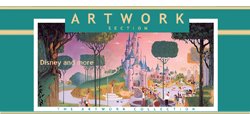
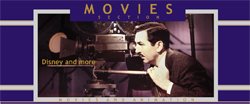



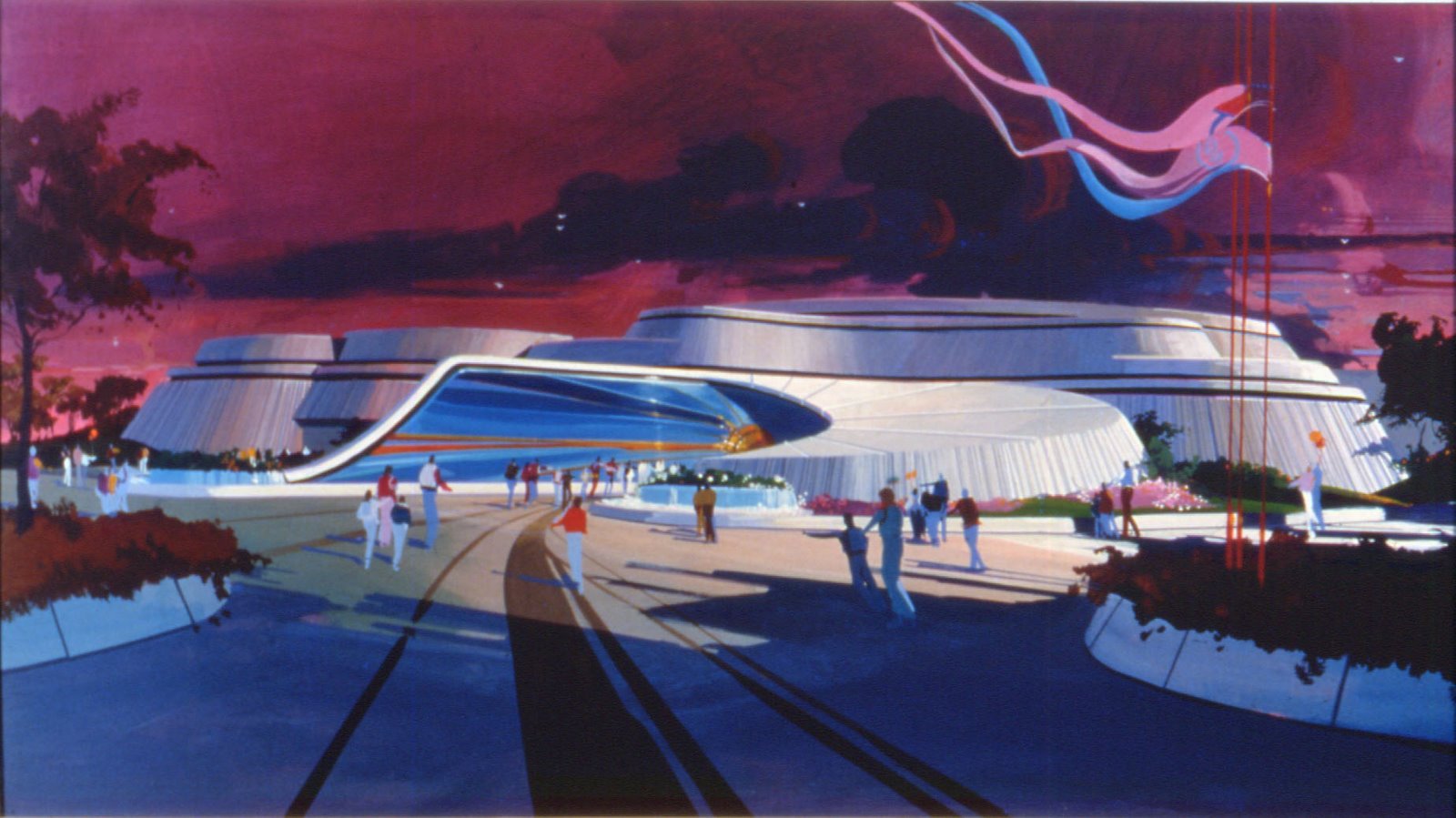







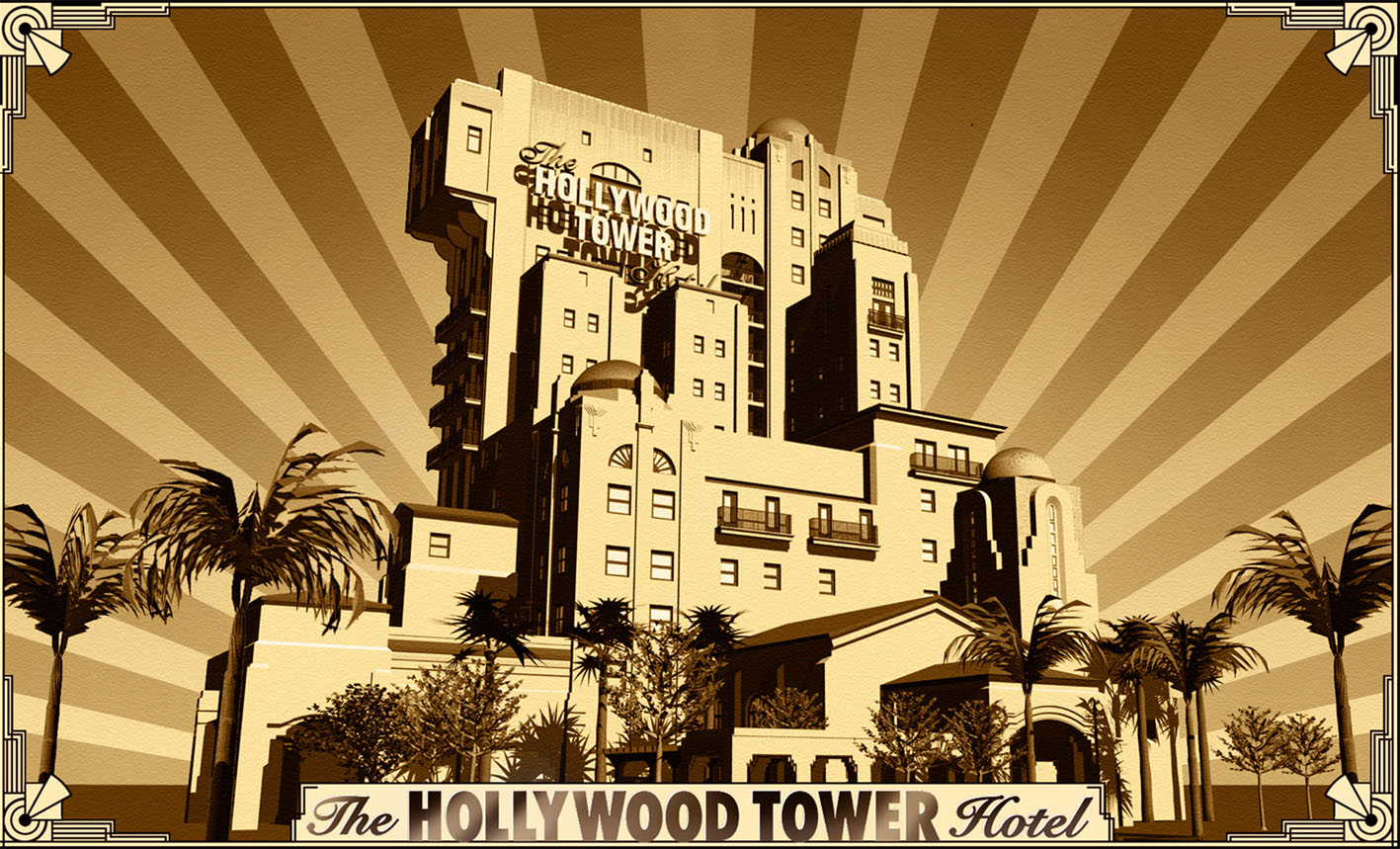



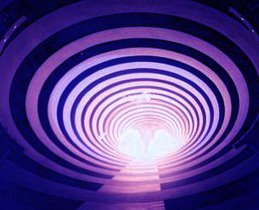
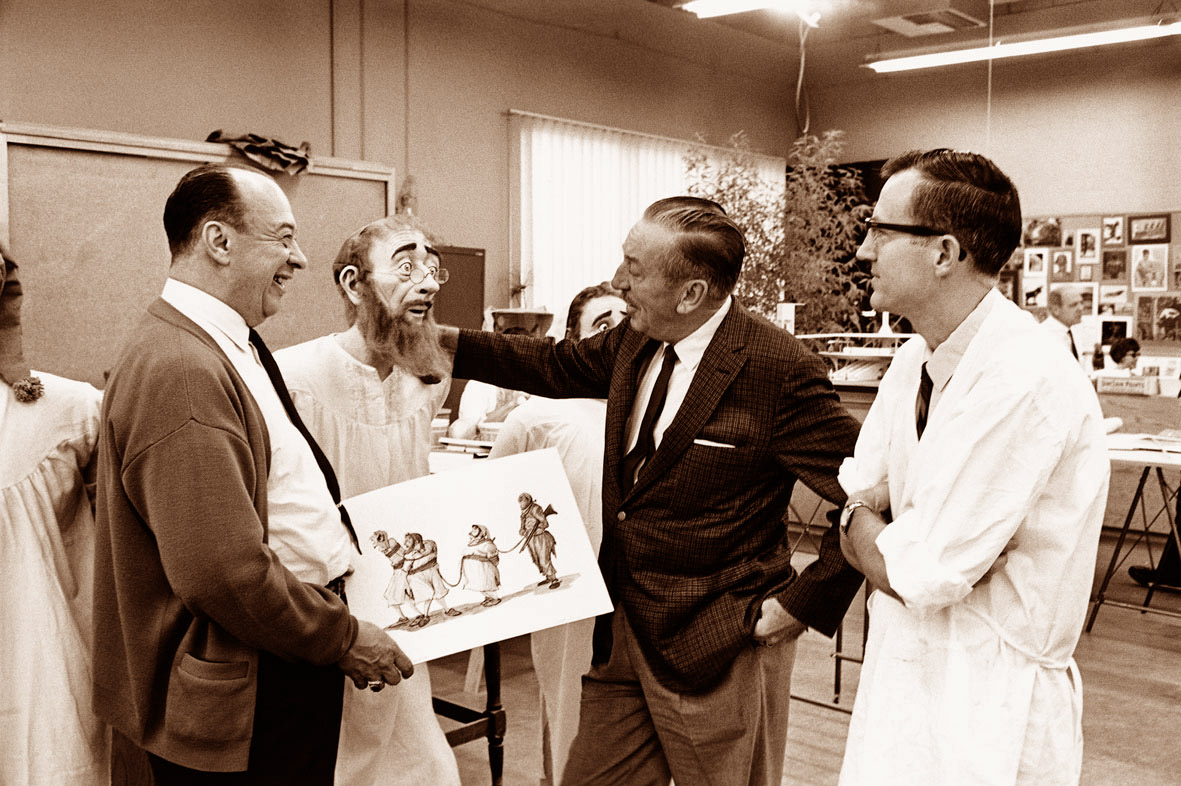
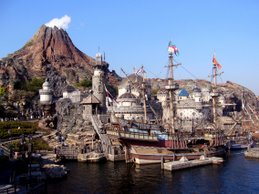

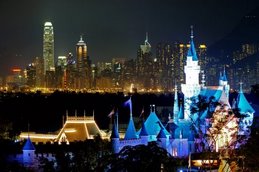











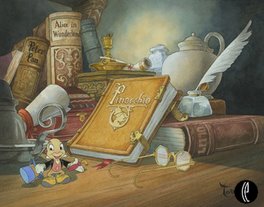
4 comments:
Great back story. A lot sanitariums of the day were massive architectural wonders, but this one is really special. An incredible building, with a rich history - in Glendale - is just a gem of find for a Disney haunted dark ride. It's like it was meant to be.
By the way, check out this weirdly funny movie made about Kellogg's sanitarium: The Road To Wellville (1994).
Wow, amazing article. Not because of the subject matter, but because of how incorrect your design attribution was. I mean really, how did you come to the conclusion that Mystic Manor was "inspired" by the Glendale Sanitarium? Sure, both building may share some general similarities, but Mystic Manor was actually copied from the published work of another American architect. If you are in any way interested in learning exactly where the design for Mystic Manor was "copied" from, simply email me at the email address below. I have the evidence to prove what I say.
Chris DiMattei
crdimattei@gmail.com
How did i came to the conclusion, Chris? Because it was WDI ImagineerPat Burke who told it to me and sent me part of the pictures as he was the one who sent previously pictures to the Imagineers team who built Mystic Manor and who took part of their inspiration from these. They probably did a mix with others architectures, but that's how i knew it.
Thank you for creating great content Alain! (Too many websites just copy content instead of creating it). Those pictures of these Victorian houses on the outside always leave me curious: how do they look at the inside!?
Post a Comment